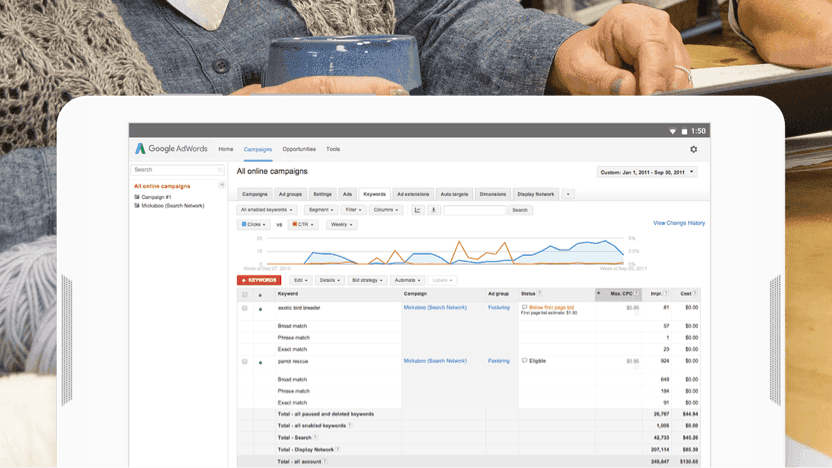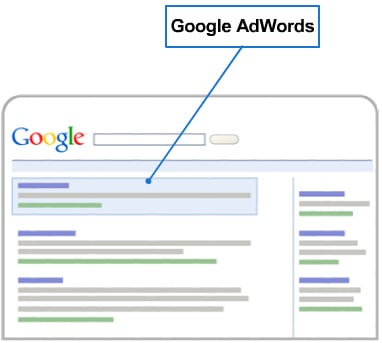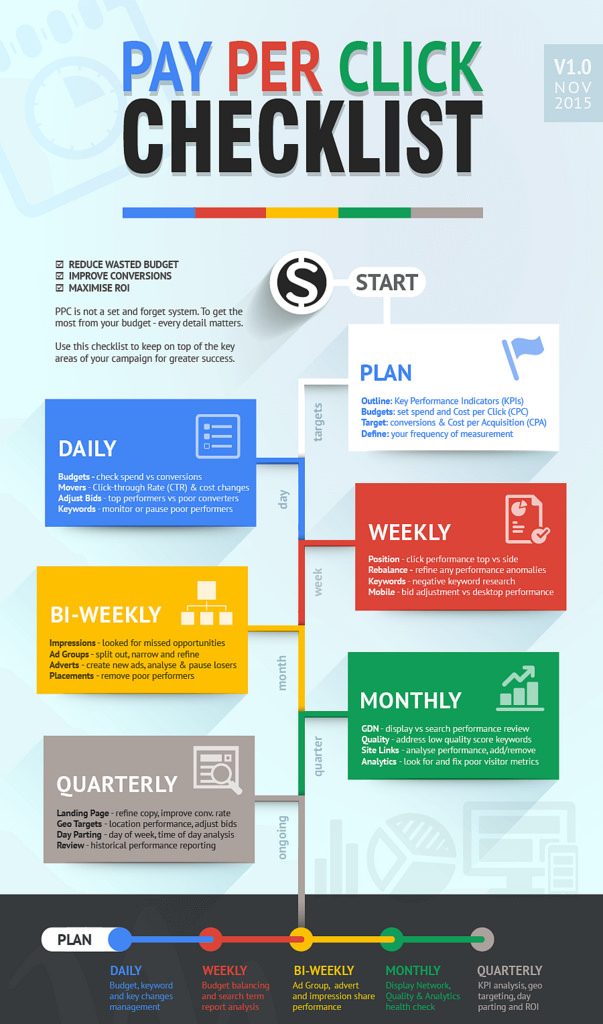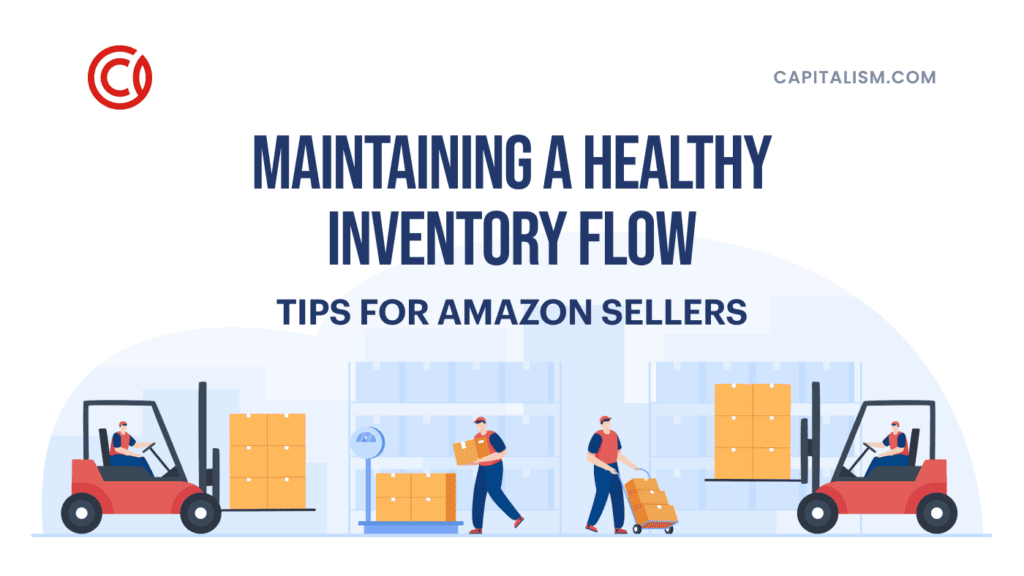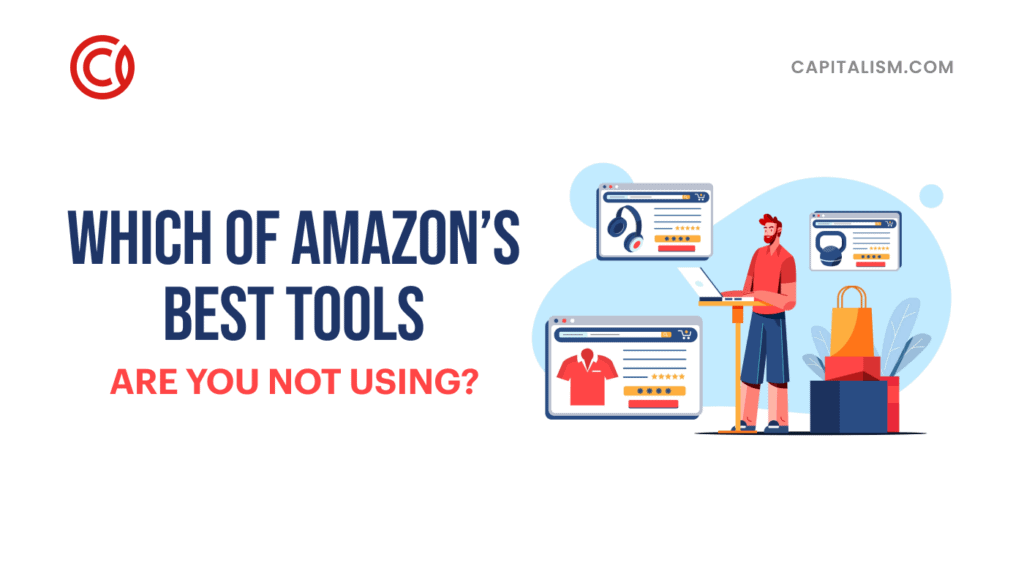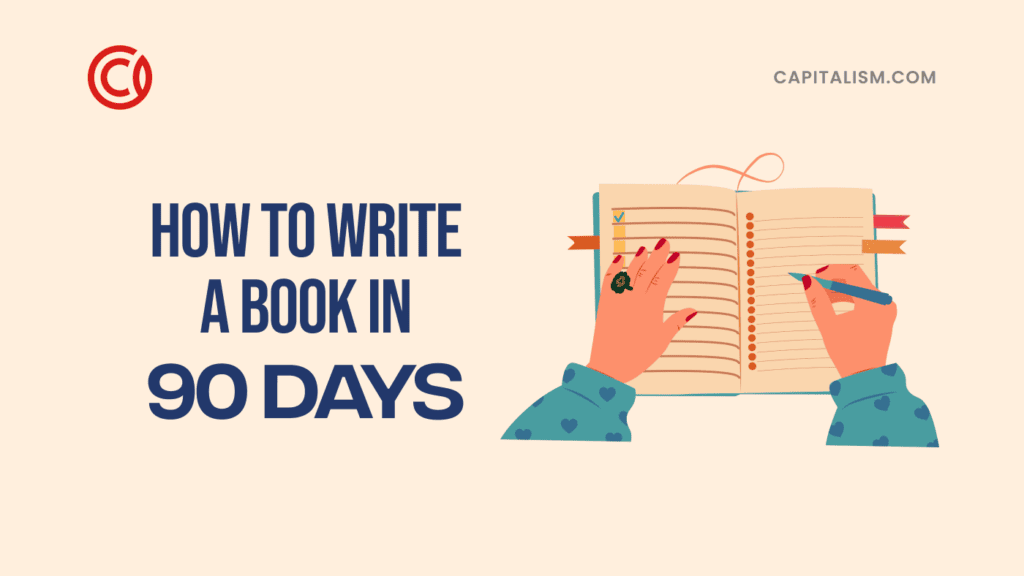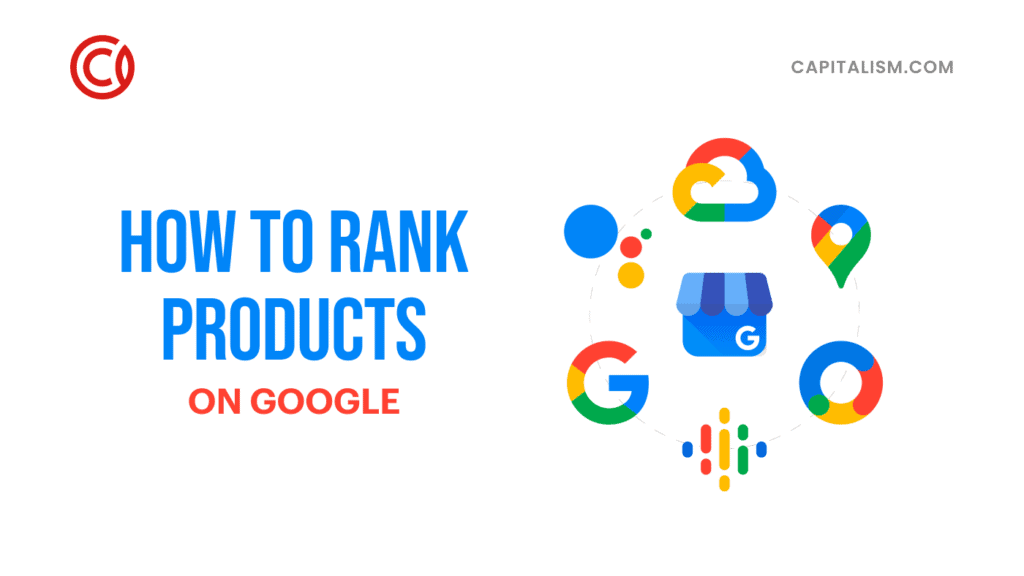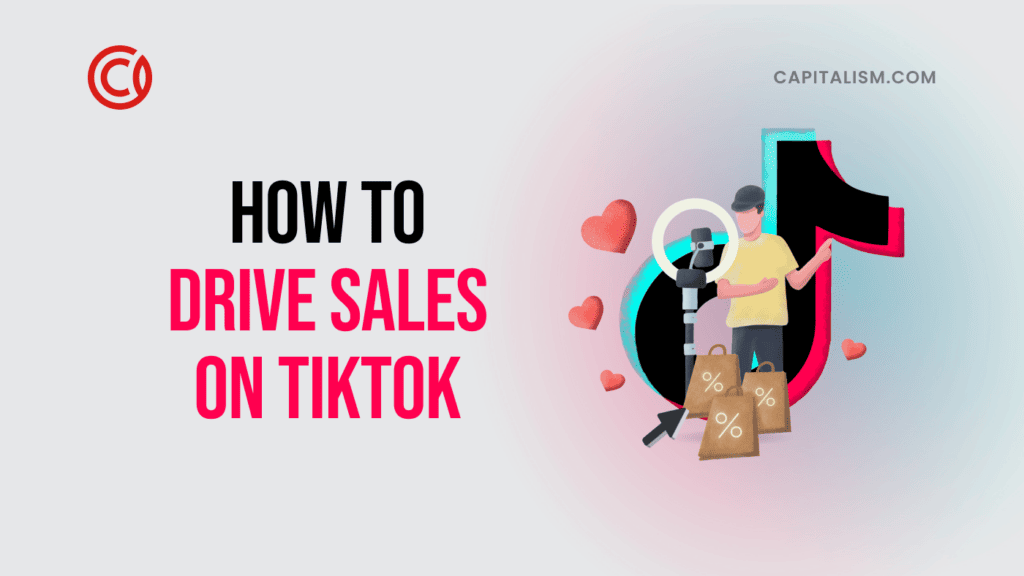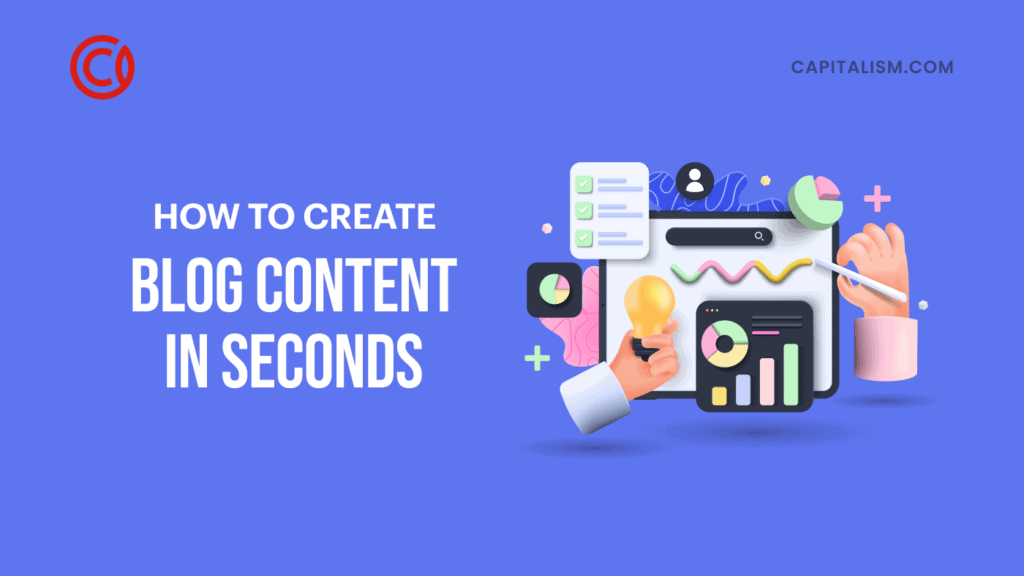Do you know how to maximize ROI using Google Adwords?
Google AdWords punishes inexperienced advertisers for every mistake they make.
Target the wrong customer, use the wrong keyword match types, choose the wrong network and you pay a very steep price.
Alphabet's a little bit richer, and you? You're a little bit poorer.

This AdWords customer spent over $1,000 and failed to generate a single lead. This happens to thousands of small business owners every day.
They neglect their AdWords account only to find their bank account has been drained. Perry Marshall calls this the "AdWords stupid tax".
To Understand AdWords, Start with the Basics
The account managers and customer support reps you speak with won't act in your best interest. It's not because they don't want to, it's because they can't. The vast majority of AdWords reps have a theoretical knowledge of the AdWords platform.
And there lies the problem.
The only way to understand AdWords is by spending your own money. This is why Google employees hand out bad advice. "Forget about keyword match types. Just select broad match and our system will take care of the rest."
It's easy to talk about managing an ad campaign. To share advice on what you think will work. It's another thing entirely to receive advice from someone with practical knowledge.
Want to maximize your ROI? Start with the basics.
Build a firm foundation of knowledge and you have everything you need to build a stable and profitable AdWords account.
5 Steps to Maximize ROI Using Google AdWords
Step #1: Set up your AdWords account properly.
The settings you use in your AdWords account determines the overall success of your campaign. It's the difference between exhausting your budget quickly with nothing to show for it and generating consistent leads at a profit.
- Define your ideal customer. Think about your perfect customer. The one that comes to you, money in hand. They're eager and ready to buy. Define a customer in one paragraph or less.
- Create a list of keywords. You'll want to speak to your customers using their own words. The keywords you use, the ads you write, the pages customers visit - these should all reflect their thinking. You can use tools like Google keyword planner or Ubersuggest to create a detailed list of customer keywords.
- Choose the right network. If you're running ads on Google directly you'll want to choose the "search network" option. Be sure to uncheck the "include Google search partners" box. If you're running a display, shopping, or YouTube campaign you'll want to choose accordingly.
- Choose a geographic location. You can choose predetermined geographic locales (e.g. countries, states, cities, ZIP Codes etc.). You can also create a custom geographic area (e.g. specific latitude/longitude coordinates, the radius of miles around a specific address, etc.)
- Set a schedule. If you're only open during business hours you can schedule your ads to run during that time. If you're able to run your campaign 24 hours a day you can do that too.
- Choose your devices. You'll want to refer to your web analytics for this one. Targeting customers on desktop computers? If you don't have a responsive website this is probably a good idea. If you're targeting mobile users and you want them to download your app, you may want to target mobile devices exclusively.
- Choose your bid strategy and daily budget. It's a good idea to start with manual CPC. This gives you full control over the bidding in your account, enabling you to adjust your budget as needed. Your daily budget is the maximum amount you're willing to spend per day.
After that you can finish setting up your campaign, create your first ad group and write your first ad.
Step #2: Start with a low daily budget.
If you're new to Google AdWords you want to start with a low daily budget, say $5 or $10 per day. This is an important first step as a new advertiser because it allows you to get your bearings.
Google AdWords changes constantly.
The interface, system, reports – it all changes on a regular basis. A low daily budget gives you the ability to make mistakes safely. Trial and error is a helpful teacher so long as it's not unbearably expensive.
Google tries to be helpful but they make a lot of assumptions that end up costing advertisers a lot of money. Blindly following their advice is a great way to lose a lot of money and make a lot of mistakes. The last thing you want to do is accumulate $1,200 of clicks and zero leads.
Step #3: Choose the right keywords.
Choosing the right keywords is important. But there's something that's more important. Creating a list of tightly themed keywords and ads.
Inexperienced advertisers dump all kinds of keywords into a single ad group. The keywords and ads don't match making it less likely that searchers will click on their ads. A poorly structured campaign with keywords and ads thrown together wastes a lot of money. Kind of like this:
affordable digital camera
best buy digital cameras
best camera for photography
best place to buy a camera
See what I mean? These keywords are all over the place! What if they were tightly themed and relevant to each other?
best digital camera deals today
best digital camera for the price
best digital camera sale
best digital cameras for sale
See the difference? A tightly themed list of keywords outperforms a random list any day. As an aside, you'll want to take advantage of keyword match types and advanced strategies like bid stacking to make things effective. This makes it easier for you to...
Step #4: Create compelling ad copy.
Tightly themed keywords and ad groups make it easy to write a compelling ad. These high-performance ad groups (keywords + ads) focus on one thought, idea, product or service. A successful Google ad walks a fine line between boring and hype. You'll want to create an ad that lies somewhere in the middle. Take our tightly themed keyword list from before.
best digital camera deals today
best digital camera for the price
best digital camera sale
best digital cameras for sale
It's easier to write an ad for this ad group because the keywords are tightly themed and focused on one particular idea. Finding the best digital camera for the lowest price. An effective ad could look like this:
The Best Digital Cameras @ Digital Nomad.com
www.digitalnomad.com/discount
Get Top-Rated Digital SLR Cameras. Up to 50% off. Free Shipping 3 yr Warranty
See the difference a tightly themed ad group makes? When you focus on a single idea, it's easy to create an ad that appeals to searchers.
Step #5: Test and refine your keywords, ads and landing pages.
Use your web analytics tool as a guide.
You'll want to test your ads, budget, keywords, and landing pages regularly (at least once a week). You'll also want to continually refine your message, offers and presentation.
Do this at least once a week.
Use conversion rate optimization to improve the performance of your landing pages. Use email to convert browsers into subscribers, and subscribers into customers.
You can opt out of the "AdWords stupid tax"
Google AdWords punishes inexperienced advertisers who are unwilling to do the work. Every day, thousands of inexperienced advertisers waste thousands of dollars on campaigns that fail to generate a single lead. This doesn't have to be your experience. It won't be, so long as you keep this realization in mind.
Google isn't your friend. This is business.
Start with a low daily budget, learn the basics, create a firm foundation. You'll have everything you need to maximize your AdWords ROI.
Image source
MORE DIGITAL MARKETING STRATEGIES ON CAPITALISM.COM:
• What 4 Digital Marketing Experts Say About YouTube Advertising
• 5 Easy Ways to Leverage Amazon Pay Per Click for More Sales
• How to Rock Facebook Advertising for More Sales in 2018
